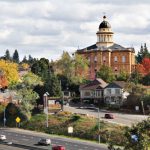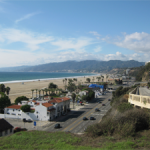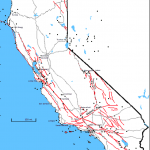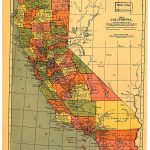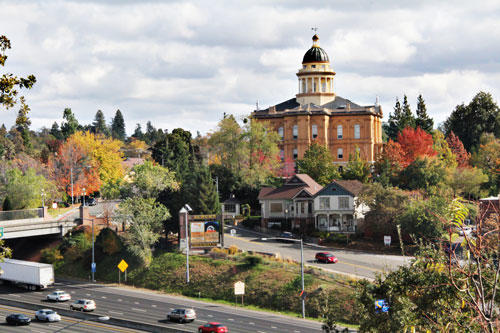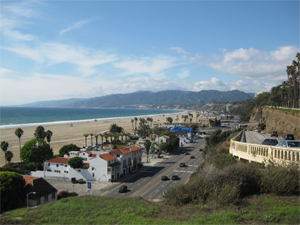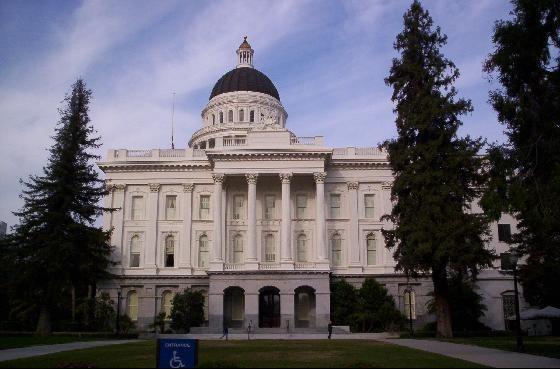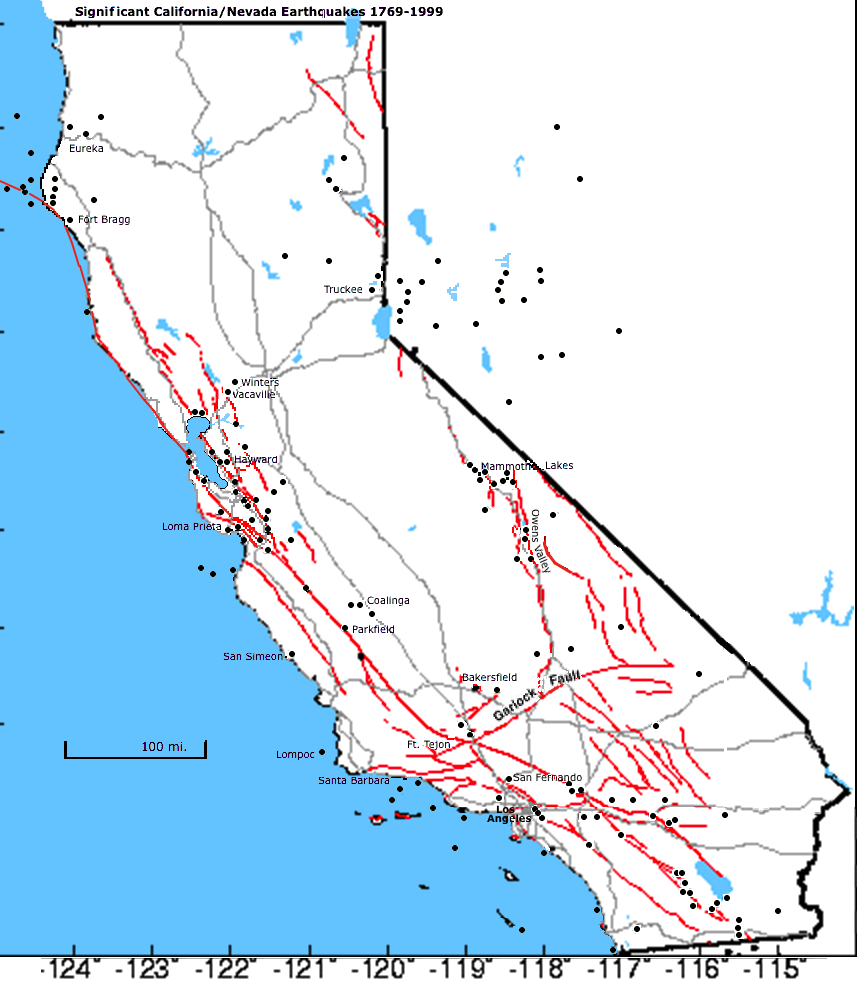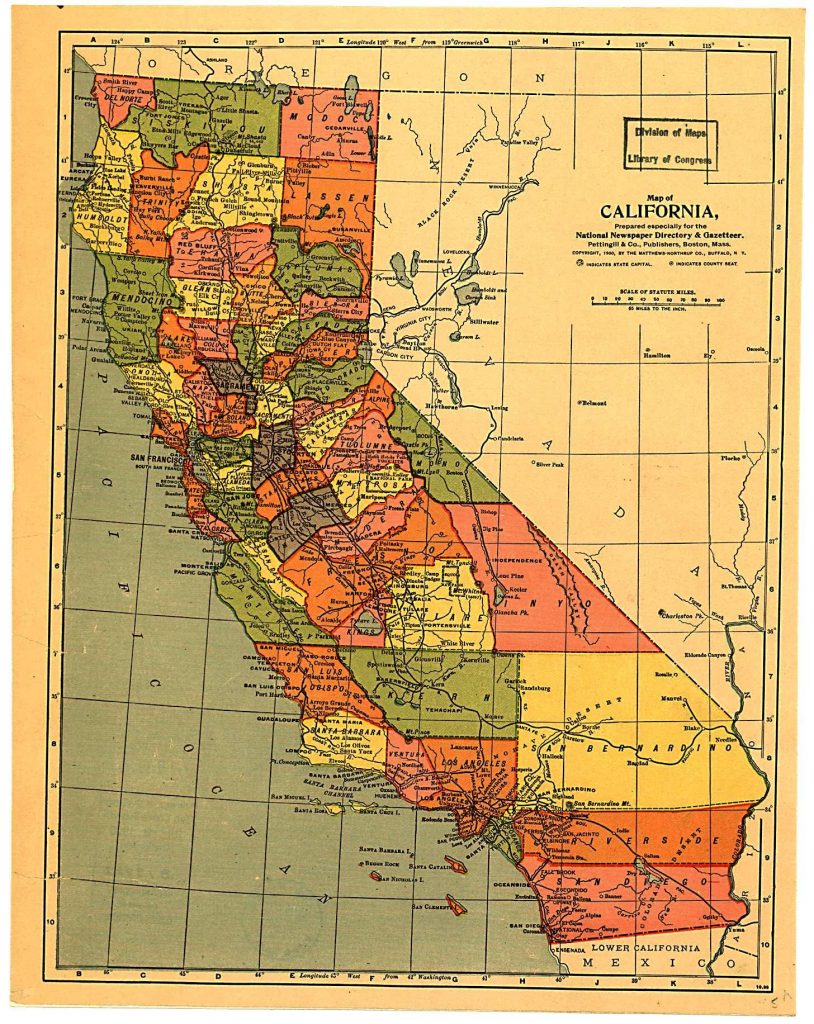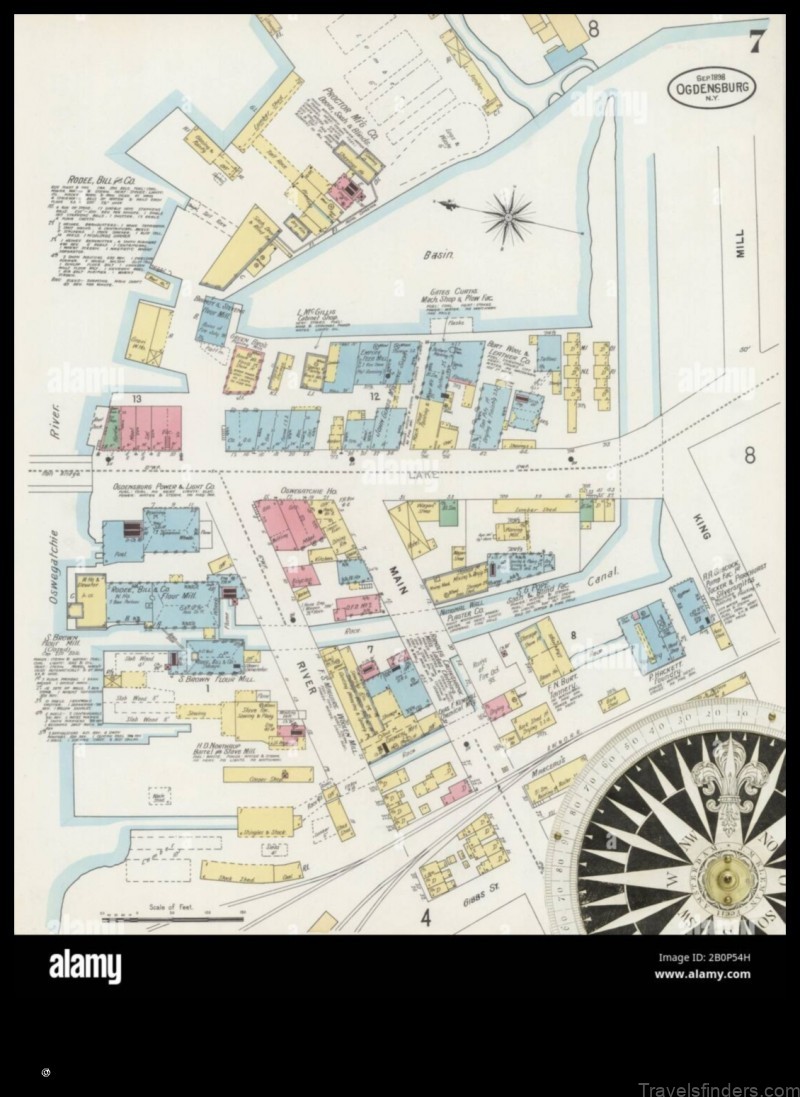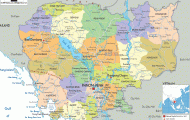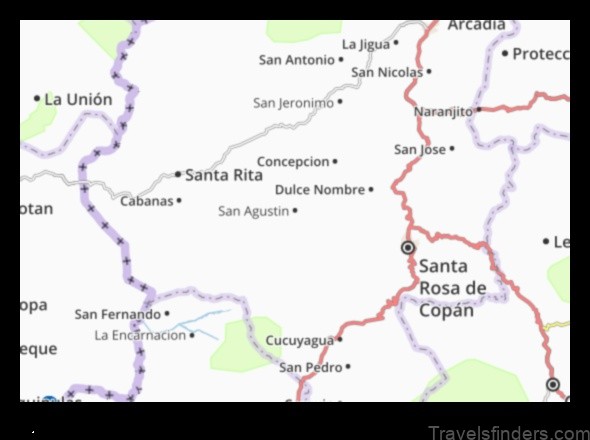The most populous state in the country, with an estimated 35.5 million residents according to the 2000 census, California has long been a Latino stronghold. Its first Latino presence came under Spanish rule beginning in the sixteenth century, and before being integrated into the United States in 1850, California formed part of Mexico’s northern frontier.
To date, the Latino population in California remains overwhelmingly Mexican.1 There is, however, a growing presence of Central Americans, Puerto Ricans, and people from other Latin American and Caribbean nations. The Latino presence in California is the largest of all the states. Despite the large presence of Latinos in California and their contributions, the history of Latinos in this state has been one marked by struggle for economic, racial, and political equality. Nevertheless, Latino cultural, economic, linguistic, and political contributions are fundamental to California’s fabric. Today the state’s Latino legacy remains embedded in the Spanish place names and architecture, Latino migrant presence, cultural celebrations, and cuisine.

